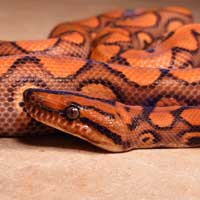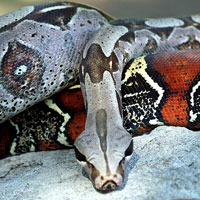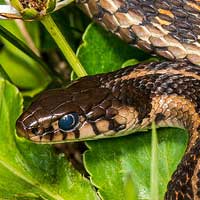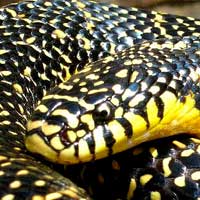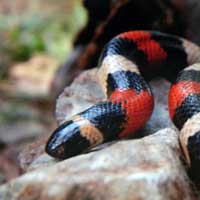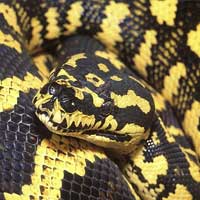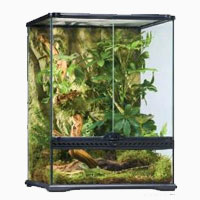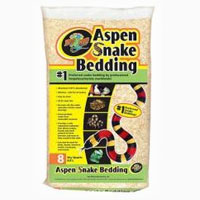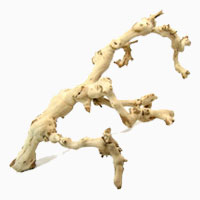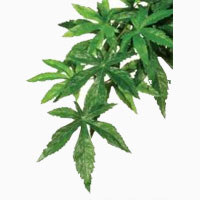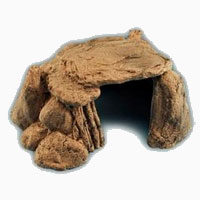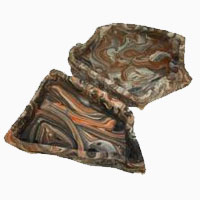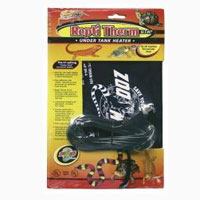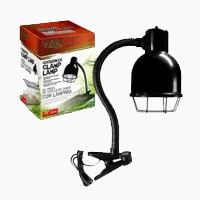Amethystine Python
Scientific Name: Morelia Amethystina
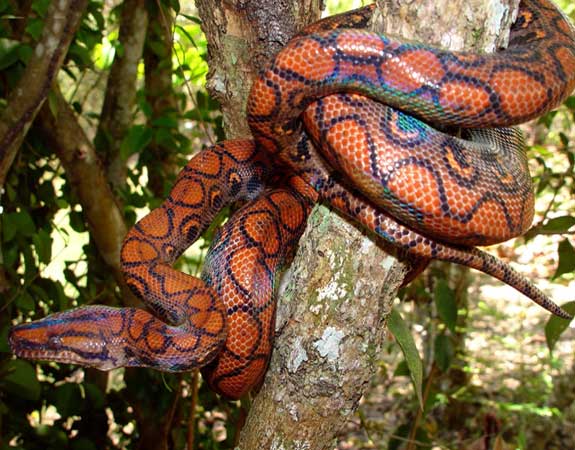
Share this Post
Amethystine Python is a type of python species common in Indonesia, Australia and most predominantly in Papua New Guinea. It is a very large reptile and is said to be larger than any other snake in Australia. Measuring an average of five and a half meters, this python is also slimmer than many of the other python species. It has long head that bears several big shields. It has a yellowish brown color with several blotches of cream or yellow appearing mostly on its scales. They also have a shiny beautiful shine that appears during maturation.
Amethystine Pythons Are Beautiful Creatures
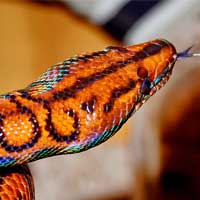
Facts About Amethystine Pythons
Geographic Location
Amethystine Pythons are inhabitants of Australia, Indonesia and Papua New Guinea. They are also being imported and kept as pets in many other parts of the world. Their ease of adaptation in the wild enables them to operate in very many different parts of the world.
Habitat
Most Amethystine Pythons live in the bush as well as in suburbia. However, their habitats in Queensland and Indonesia are marked by tropical rain forests. They normally stay in the rain forest during the summer but will be out in the valleys to water at wintertime. Due to their aggressive nature, they are better kept alone in their cages. However, they can be put together with others of the opposite sex during the mating season. They are fed on fruit bats, birds, rats and other small mammals.
Behavior
This python hunts at night near rivers. It also considerably shy hence will rarely expose itself. They don’t mind the company of their fellow amethystine though they could be aggressive.
Reproduction
Temperatures of below twenty-two degrees Celsius are required to prepare this python for mating and consequent egg laying; one should prepare five weeks in advance of this activity. The clutch normally has around five eggs which are deposited in a depression made in the substrate. Amethystine Python eggs incubated at 29 to 31 degrees Celsius will hatch after at most 87 days.
Captivity
Amethystine Pythons can be kept in captivity, however, you should be an experienced keeper and have be comfortable with adjusting it’s terrarium size as the snake grows. This snake can grow to be extremely large.
